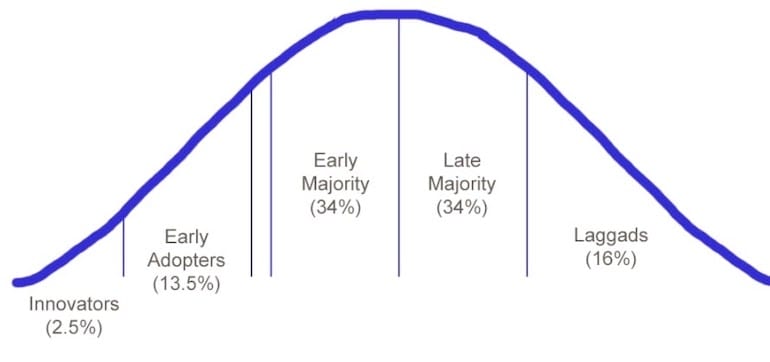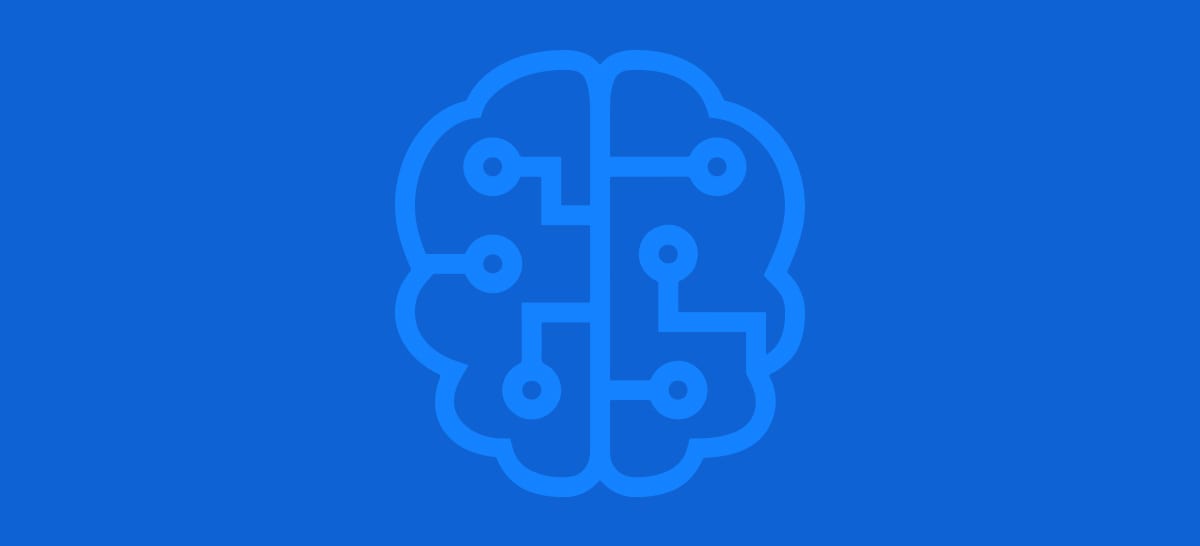Hello there;
Automated bidding, dear reader, is here to stay whether you’ve been embracing it with arms wide open or neglecting it like the Dursleys neglected Harry P.
I started in this industry right around the same time automation was just starting to be rolled out, much less considered as a viable strategy for improved performance!
Enhanced Cost Per Click (ECPC) bidding was the first automated bid strategy I remember Google debuting and, in hindsight, it really was a brilliant way to start to get us Digital Strategists/Account Managers to start slowly, very slowly, getting comfortable with automation.
Why The Slow Adoption?
As with most things, there are the innovators, early adopters, and late adopters. I’ve often believed that it’s most advantageous to be in the innovator/early adopter groups if for no other reason than to have a type of first-mover advantage. I think this is less true with automated bidding, compared to things like RSAs, however, the general adoption curve still holds true. And that’s the thing about the adoption curve – sooner or later we all adopt the new tech/process. Automated bidding is no exception.

I think the one thing that most of us struggled with when it came to adopting automation was relinquishing control. To embrace automation meant letting go of much of what we had been taught/previously found successes in. A peer of mine, Dani Gonzales, discusses that idea in more depth in her blog, “A Guide For Letting Go of Outdated Google Search Best Practices”.
How to Make it Work
Automated bidding is inherently different from manual bidding in the sense that the bidding algorithm can actually learn over time and make gradual improvements. “How does automated bidding learn to make those improvements?” you ask? Simply put, the bidding algorithm, over time, takes all the data points we’re feeding into it and learns to recognize patterns. Those patterns allow the bidding algorithm to recognize patterns that lead to success (like a conversion) or patterns that lead to failure (a non-converting click).
With that said, this means that in order to find success with automated bidding, we have to structure our accounts in ways that would maximize the amount of data going into a single bidding strategy. As per Dani’s post, gone are the days of hyper-segmentation of our account structures. The goal being to maximize the number of impressions or clicks/ad groups. In doing so, we allow the automated bidding process to learn as quickly as possible.
Attempting to make use of automated bidding while still adhering to the best practices of yesteryear is likely a reason why you may have yet to have found success with automated bidding. I certainly didn’t find automated bidding to be successful right off the bat but through trial and error I’ve found that automated bidding is able to not only outperform manual bidding but it also saves you a lot of time. Time that is better spent strategizing than manually changing bids once a week.
The key here is consolidation. Consolidate your campaigns/ad groups as much as you can and, if possible, segment those new campaigns or ad groups by intent or business objective, rather than match type.
Lastly, time is an important factor. It is folly to flip on automated bidding and expect improved performance overnight. It will likely take a couple of weeks to see sustained, improved performance. We oftentimes face a lot of pressure from clients to continually see improved performance and/or immediately try to “fix” the account when performance dips.
It is certainly possible to see a dip in performance in the early goings of any automated bidding test as the algorithm learns. We account managers need to set that expectation with our clients before even starting the test. Give the test time. Do not immediately abandon the test! I would recommend giving any and all automated bidding tests at least 2-3 weeks before drawing any conclusions.

Conclusion
Getting into automated bidding is certainly a leap of faith but there are things we can do before ever launching an automated bidding test that can set us up for success! First, we can restructure the account to consolidate our campaigns/ad groups by intent, moving away from hyper-segmented account structures. Secondly, we can set expectations with our clients that this test may start off a bit rocky, however, there is a light at the end of the tunnel and that light can certainly be a huge improvement in performance and time savings.




